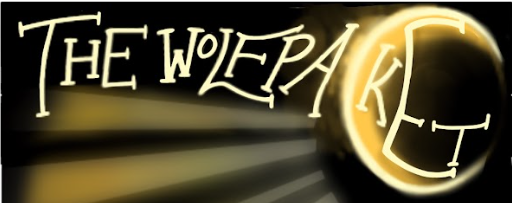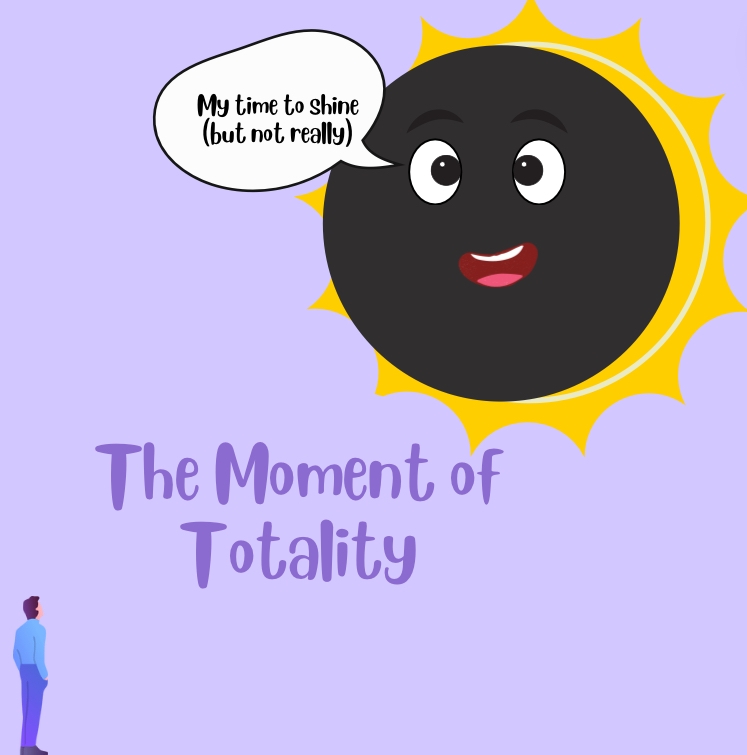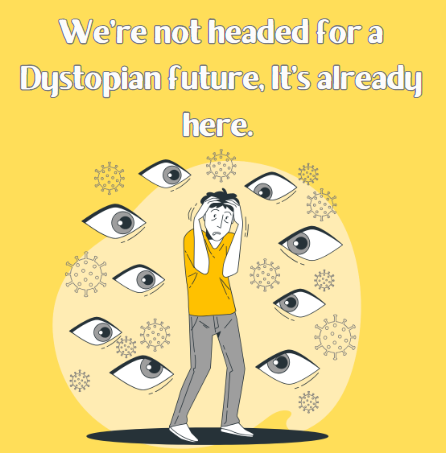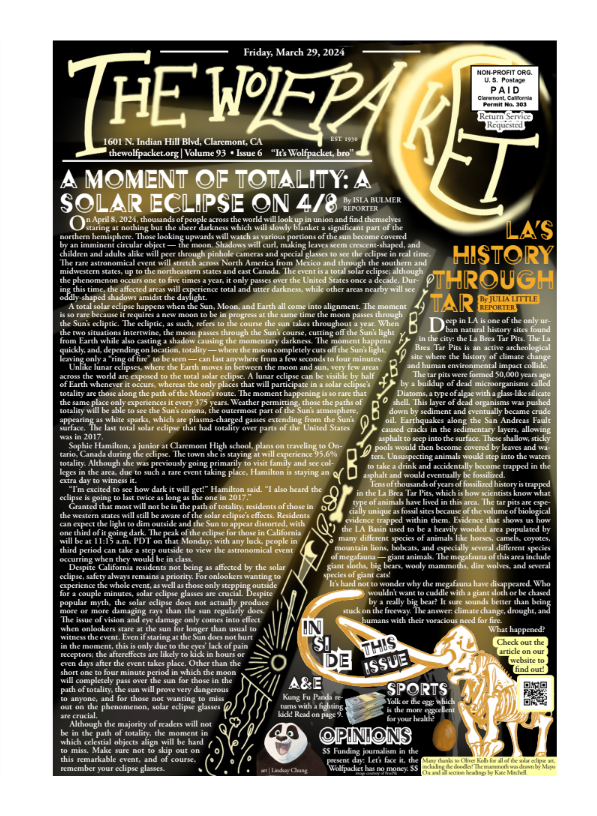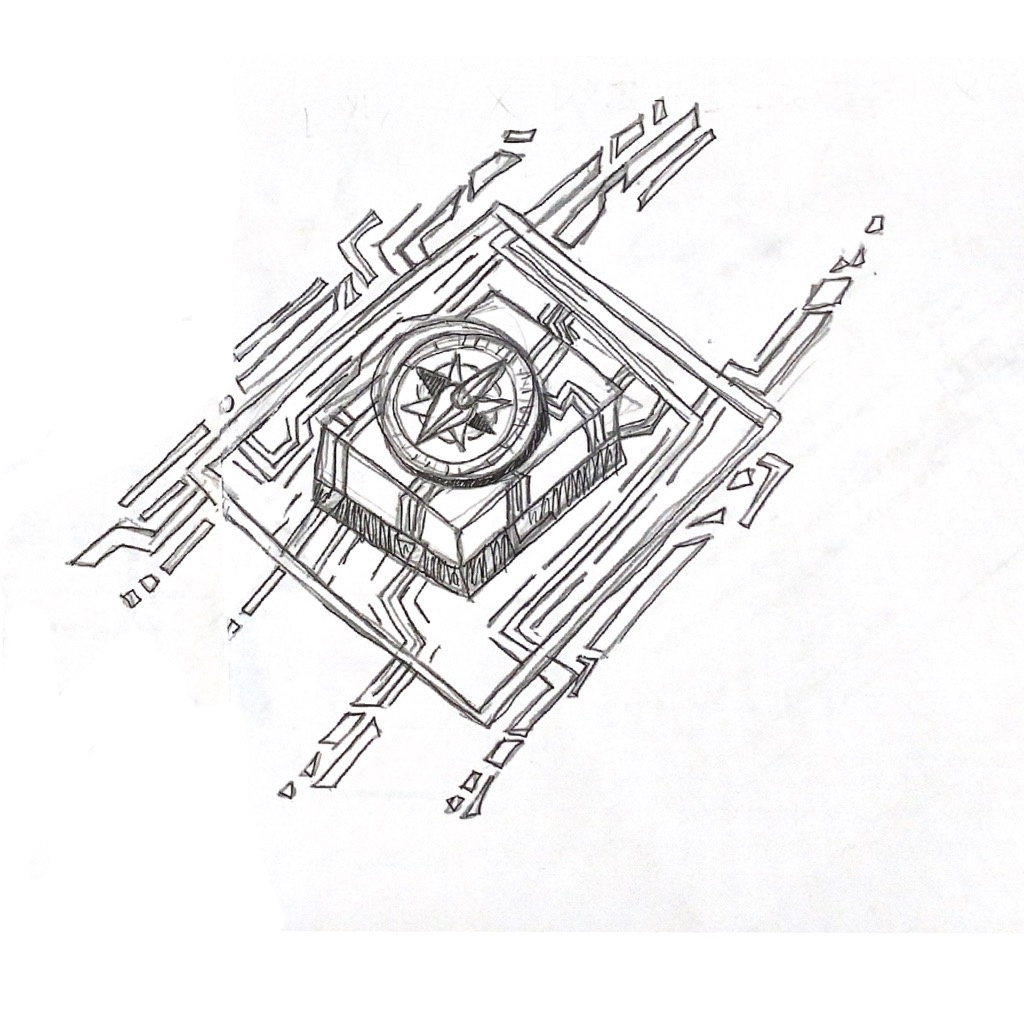On April 8, 2024, thousands of people across the world will look up in union and find themselves staring at nothing but the sheer darkness which will slowly blanket a significant part of the northern hemisphere. Those looking upwards will watch as various portions of the sun become covered by an imminent circular object — the moon. Shadows will curl, making leaves seem crescent-shaped, and children and adults alike will peer through pinhole cameras and special glasses to see the eclipse in real time. The rare astronomical event will stretch across North America from Mexico and through the southern and midwestern states, up to the northeastern states and east Canada. The event is a total solar eclipse; although the phenomenon occurs one to five times a year, it only passes over the United States once a decade. During this time, the affected areas will experience total and utter darkness, while other areas nearby will see oddly-shaped shadows amidst the daylight.
A total solar eclipse happens when the Sun, Moon, and Earth all come into alignment. The moment is so rare because it requires a new moon — one of the eight distinct phases of the moon — to be in progress at the same time the moon passes through the Sun’s ecliptic. The ecliptic, as such, refers to the course the sun takes throughout a year, seen in an ellipse. When the two situations intertwine, the moon passes through the Sun’s course, cutting off the Sun’s light from Earth while also casting a shadow causing the momentary darkness. The moment happens quickly, and, depending on location totality — where the moon completely cuts off the Sun’s light, leaving only a “ring of fire” to be seen — can last anywhere from a few seconds to four minutes.
Unlike lunar eclipses, where the Earth moves in between the moon and sun, very few areas across the world are exposed to the total solar eclipse. A lunar eclipse can be visible by half of Earth whenever it occurs, whereas the only places that will participate in a solar eclipse’s totality are those along the path of the Moon’s route. The moment happening is so rare that the same place only experiences it every 375 years. For the solar eclipse happening in April, the states in the path of totality, stretching from the south to north, are Texas, Arkansas, Missouri, Illinois, Kentucky, Indiana, Pennsylvania, Ohio, New York, Vermont, New Hampshire, Oklahoma, and Maine. Parts of Mexico and five Canadian provinces will also be in the darkness brought by the totality. Weather permitting, those in such areas will be able to see the Sun’s corona, the outermost part of the Sun’s atmosphere, which is usually not viewable due to the bright light from the Sun covering it. The spectacle will appear as white sparks, which are the plasma-charged gasses extending from the Sun’s surface. The last total solar eclipse that had totality over parts of the United States was in 2017.
Sophie Hamilton, a junior at Claremont High school, plans on traveling to Ontario, Canada during the eclipse. The town she is staying at will experience 95.6% totality. Although she was previously going primarily to visit family and see colleges in the area, due to such a rare event taking place, Hamilton is staying an extra day to witness it.
“It’s supposed to be the darkest solar eclipse to happen in North America for 20 years,” Hamilton said.
Granted that most will not be in the path of totality, residents of those in the western states will still be aware of the solar eclipse’s effects. Residents can expect the light to dim outside and the Sun to appear distorted, with one third of it going dark. The peak of the eclipse for those in California will be at 11:15 a.m. PDT on that Monday; with any luck, people in third period can take a step outside to view the astronomical event occurring when they would be in class.
Despite California residents not being as affected by the solar eclipse, safety always remains a priority. For onlookers wanting to experience the whole event, as well as those only stepping outside for a couple minutes, solar eclipse glasses are crucial. Despite popular myth, the solar eclipse does not actually produce more or more damaging rays than the sun in a regular day does. The issue of vision and eye damage only begins to come into effect when onlookers stare at the sun for longer than usual to witness the event. Of course, as in regular life people do not regularly gaze at the Sun, any glance longer than a moment can cause eye damage. Even if staring at the Sun does not hurt in the moment, this is only due to the eyes’ lack of pain receptors. The aftereffects are likely to kick in hours or even days after the event takes place. Other than the short one to four minute period in which the moon will completely pass over the sun for those in the path of totality, the sun will prove very dangerous to any participant’s eyes, and for those not wanting to miss out on the phenomenon, solar eclipse glasses are crucial.
Although the majority of readers will not be in the path of totality, the moment in which celestial objects align will be hard to miss. Make sure not to skip out on this remarkable event, and of course, remember your eclipse glasses.
